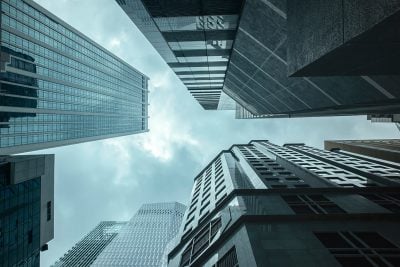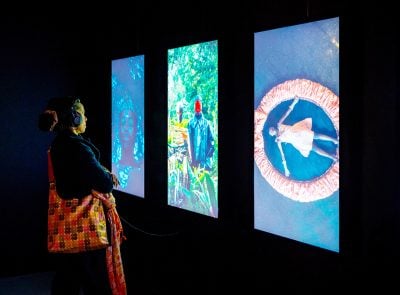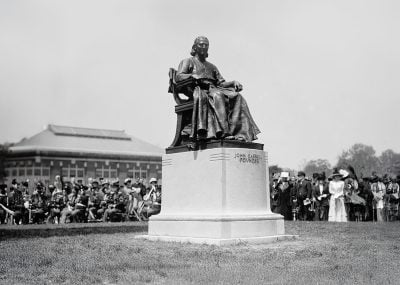“I think generally people won’t really like it,” said Theo Danjuma realistically. “The audience is so, like, not there in terms of what they expect from art. They don’t want to be challenged in any way; they don’t really want to have anything that’s difficult.”
Like the Danjuma family in Nigeria, the Zinsou family in Benin wants to contribute something to the artistic life of their country. In 2013, Marie-Cecile Zinsou, whose grandfather Emile Derlin Zinsou was a President of Benin in the 1960s, opened the first privately owned museum of contemporary art in West Africa, in Ouidah. The museum, housed in Villa Ajavon in Ouidah, was funded by the Zinsou family, with help from the European Union and Sotheby’s.
“We also want to contribute showing the continent as a real actor of the world art and to allow people outside,” says Marie-Cecile Zinsou, “to have another look on this continent which is, too often, under the spotlights only when there are disasters.”
This view is shared by Liberia-born, London-based art dealer Bendu Cooper, who owns and operates the Gallery of African Art in Cork Street in Mayfair. To those who say Africa does not have time for fine art and other such things, Bendu Cooper has harsh words. “Why should we always dwell on the problems – the disease and poverty – in Africa? Why can’t we just enjoy the beauty of African art, African contemporary art; we have beautiful things, too, you know,” says Bendu Cooper, who has to regularly fend off naysayers who think art a frivolity and waste of time.
“I’m just happy the rest of the world is finally discovering African art, and I’m happy this has led to a bit of a boom that should be around awhile.”
But Rowland Abiodun, a Nigerian-born, US-based Professor of Art History and Black Studies at Amherst College, near Boston, is not sure what to make of the surge in sales of African art, as evidenced, in part, by the multimillion-dollar sale in New York in November of pre-19th century African artwork from Mali, Gabon, Côte d’Ivoire and Liberia.
On the one hand, Professor Abiodun is happy Americans are snapping up African art. He is happy because this means, he says, “the beauty of African art is valued still even by Americans in this time of Ebola, when everything said about Africa is disease and disaster. I wish some of the auction money could go to treat Ebola.”
But on the other hand, Professor Abiodun says he worries that judging art in dollars and pounds devalues it and makes something beautiful “into little more than commodities to be bought and sold on the auction block and placed on a rich man’s shelf in London or New York.”
Well, what about statistics from Sotheby’s, I asked Professor Abiodun, showing it is not Europeans and Americans alone, but Africans, too, who are buying both contemporary African and pre-19th century antique African art, too.
“This, I guess, can’t be bad because perhaps now the skill and artistry of Africans will be celebrated and attention will be drawn to the universal aesthetic importance of African art now that the rich Africans and the middle class own art.”
Want to continue reading? Subscribe today.
You've read all your free articles for this month! Subscribe now to enjoy full access to our content.
Digital Monthly
£8.00 / month
Receive full unlimited access to our articles, opinions, podcasts and more.
Digital Yearly
£70.00 / year
Our best value offer - save £26 and gain access to all of our digital content for an entire year!
 Sign in with Google
Sign in with Google 


